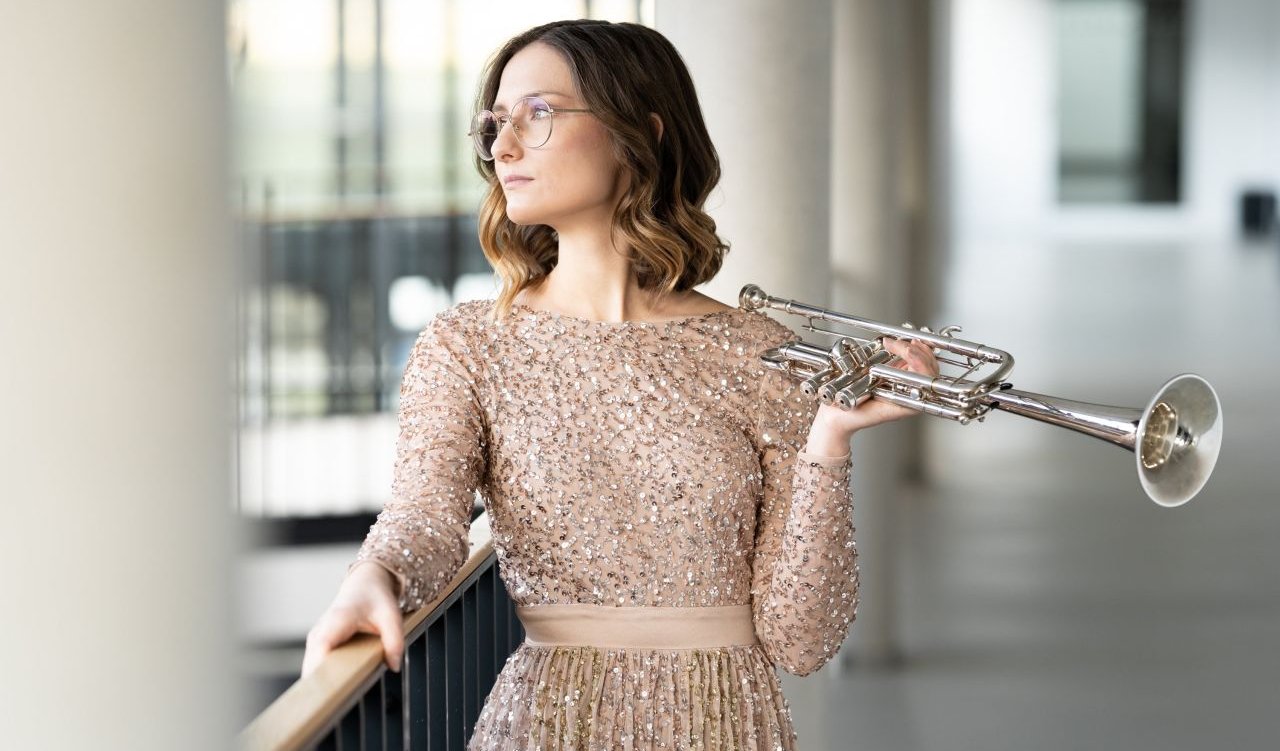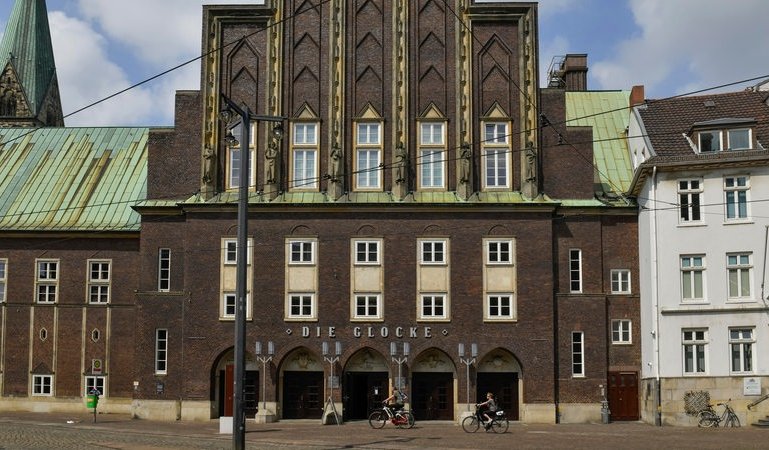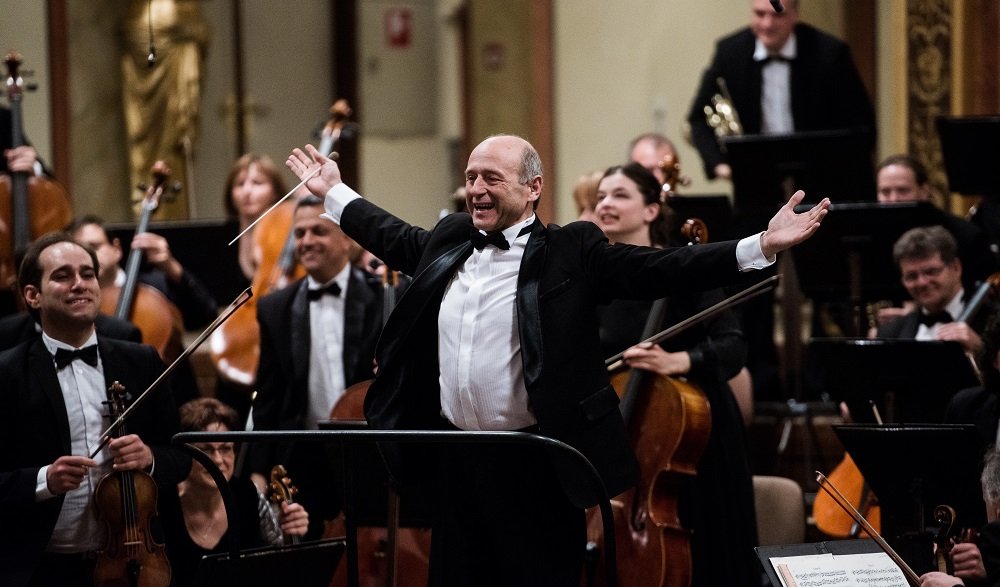


Program
Featuring
Other information
The event is about 45 minutes long.
About the event
Bremen, Vienna, Budapest, Bucsum – four locations on the same geographical latitude. A concert venue, a composition by Haydn, the Budapest Festival Orchestra and a Romanian collection. In addition to the almost countless number of tunes he collected in Hungary, Bartók also assembled a collection of more than 6000 melodies beyond the country’s borders. Before the movements of his composition entitled Romanian Folk Dances, this time, the original melodies collected by Bartók will also be played on folk instruments. Then comes a great example of Haydn’s mature style. The concerto will be performed by 24-year-old Austrian trumpet player Selina Ott. who, according to the reviewer of Zeitschrift für Kultur und Gesellschaft, sings with her instrument. “This specific style of playing gave the Haydn concerto elegance and lyrical qualities”, the critic wrote.
In 1915, Bartók chose seven violin and flute melodies from those he had collected in Romania, and wove them together first as parts of a piano cycle and two years later as an orchestral piece. The last of the Romanian Folk Dances incorporates two melodies, so the piece has six movements in total. However, because the last two are played without any pause in between, it is also referred to as Five Romanian Dances. The opening Stick Dance is, according to the composer, “usually danced by a young lad who supposedly can jump high enough to kick the ceiling.” The playful round dance entitled Sash Dance is followed by the mysterious “In One Spot,” before moving on to an odd-meter oriental tune, the “Dance from Bucsum” (the Horn Dance). The piece concludes with the Romanian Polka, of various time signatures, and the virtuoso Fast Dance.
Joseph Haydn’s only trumpet concerto, one of the most popular compositions of the instrument’s repertoire, was the result of a newly-developed trumpet. Viennese court trumpeter Anton Weidinger developed an instrument that, as opposed to natural trumpets, allowed for most sounds of the chromatic scale to be played. He ordered compositions for his invention and Haydn was glad to accept the commission. The result was an infinitely virtuoso concerto, which nevertheless also abounded in melodies. It was premiered in Vienna in 1800. In the opening movement, Haydn pretends for a while as if the instrument were a natural trumpet and then provides the soloist with the opportunity to present the new lower register and set of sounds. After the second movement, Siciliano, the piece ends with a richly embellished contredanse finale.